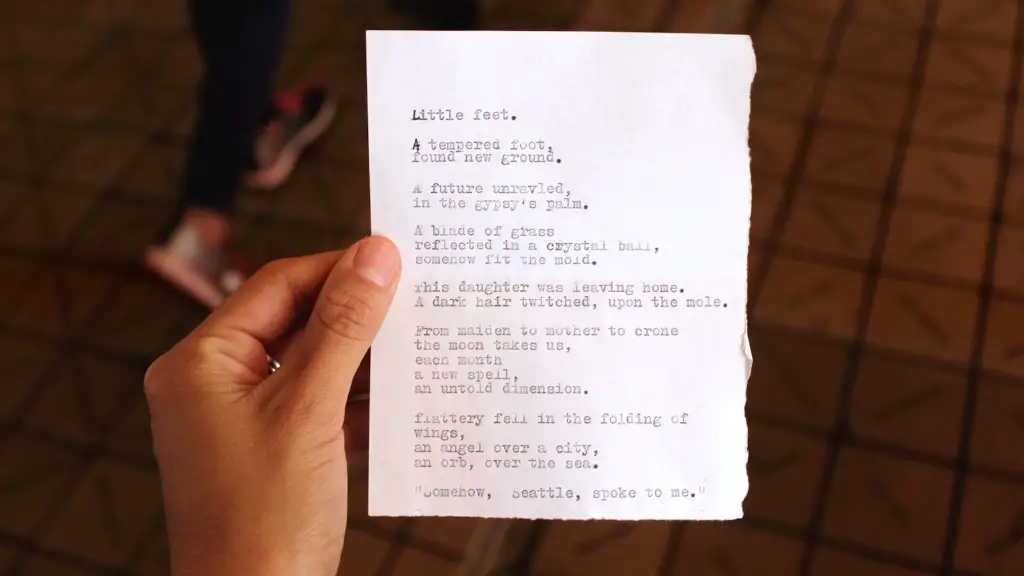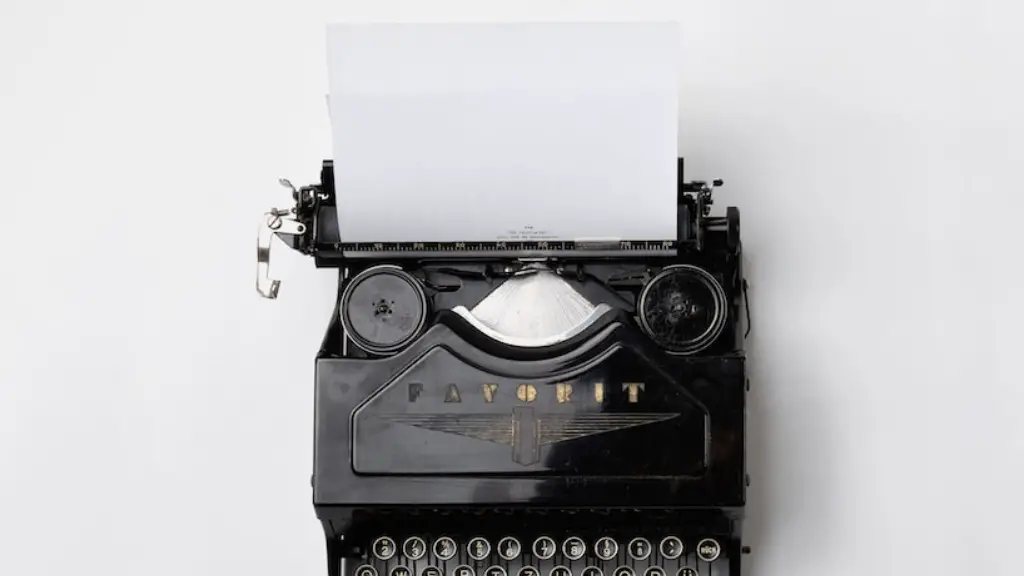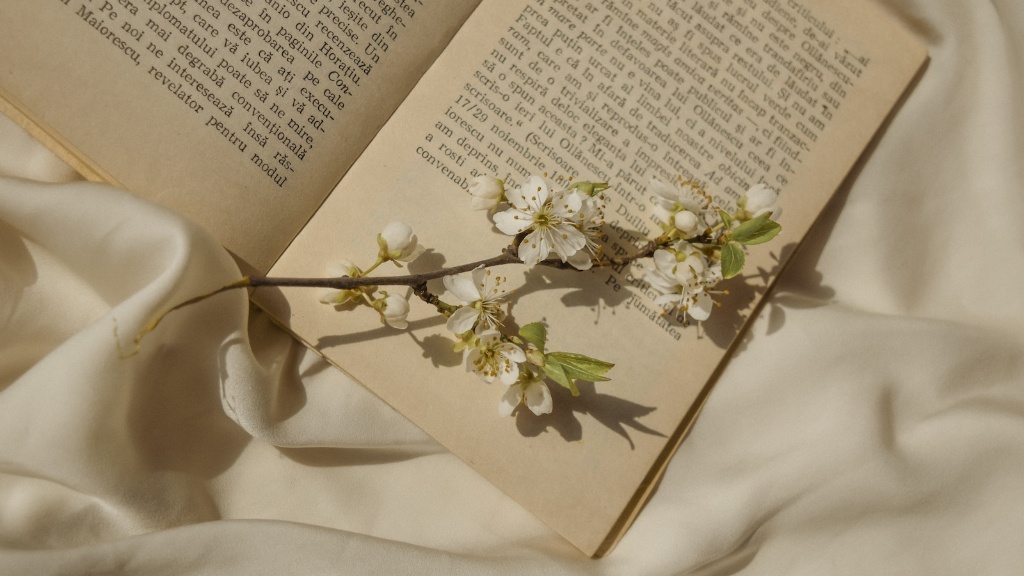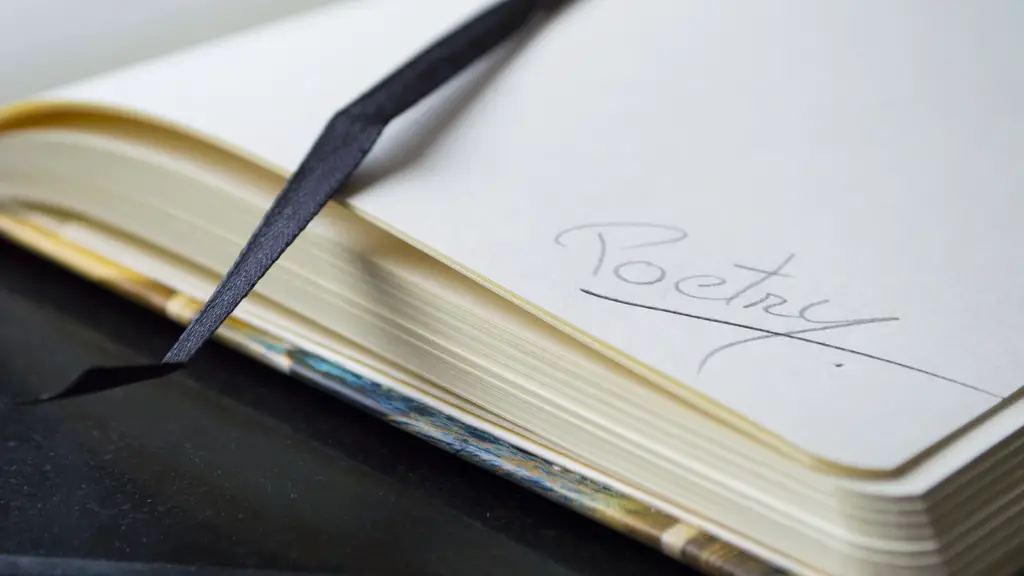Introduction
Rap, the popular music genre that rose to prominence in the late 1970s, has since become one of the most popular music forms in the world. A genre based on powerful storytelling, brevity and melody, rap is thought of as a way for its creator to release their frustrations, emotions and experiences. But does rap really mean rhythm and poetry as is often believed?
History of Rap
Rapping, in its current definition, is credited to the Bronx, New York in the late 1970s. Notable rap pioneers such as KRS-One, Rakim and Big Daddy Kane were instrumental in changing the sound of the music and establishing the genre within Hip-Hop culture. The origins of rap, however, can be traced back to African-American culture and its associated work chants, battle rhymes and street corner performances.
Rap music is often viewed as a direct reflection of the state of the nation or of the people. It has made bold, political and societal statements since its conception and we can still see this today. From its motivational story-telling during times of racial and socioeconomic rise to its empowering ballads of liberation and protest, rap has become the battle cry for many disadvantaged people around the world.
Rhythm and Poetry
Rapping is the vocal representation of rhythmic poetry and this is arguably where the music genre finds its true power. Rap lyrics are the lifeblood of the music; its ability to evoke emotion, thought and reinforcement of cultural values is arguably the genre’s strongest element. Artists often paint vivid pictures and evoke powerful stories through the art of song, allowing the listener to fully immerse themselves in an experience, as delivered by the narrator.
However, despite the incredibly lyrical nature of rap, some argue that rap is not poetry in its traditional form. From its use of English deviations such as the coded language of Ebonics to its simplified linguistics and occasional use of cliches and gender stereotypes, rap is accused of being a shallow representation. These claims, however, have been strongly contested by many modern rappers and their fans.
Conclusion
The power and influence of rap music continues to grow significantly. From its humble beginnings in the Bronx to its global recognition across all media, rap has become a powerful tool for expression, emotion and storytelling. Despite the opposing views on the poeticity of rap, its ability to communicate, influence and convey a message has remained unchanged and is arguably the reason for its increasing popularity.
Explicit Content
The role explicit content plays in rap is a widely discussed topic. Rap stories often involve darker topics such as violence, gang life, crime and drugs, often delivered with sarcastic and often controversial lyrics. Despite claims of negative influence, rap fans are often quick to debate its merits within the genre, citing its cultural accuracy and spotlight of social issues in its storytelling. This debate often makes for an interesting narrative.
As rap artists discuss topics of hardship and poverty, their explicit content is often responded to strongly by social and political groups, campaigns and governing bodies. These reactions are mainly negative and often add to the controversy of prevalent topics such as misogyny, gang life and cultural appropriation.
The Influence of Rap
Perhaps the biggest testament to rap music’s success is its sheer reach, both domestically and abroad. The genre has spawned multiple cultural movements, inspired global fashion, influenced business ideology and become an integral part of youth culture. Armies of passionate and loyal fans have identified strongly with the music, embracing its messages, turning it into a true cultural phenomenon.
As rap music continues to evolve, we are seeing a growing influence in other art forms, such as film, television and other popular culture. Its influence has extended beyond music and into areas such as fashion, sport and advertising, proving that the power of rap music is still as strong as ever.
Violence in Rap
The issue of violence in rap music is also one that has been widely debated in recent years. While violence has been part of rap since its inception, the increase in its lyrical content has raised concerns for many. The blurred lines between fact and fiction, moral responsibly and entertainment have been heavily discussed, with no clear consensus yet drawn between the two.
The debate continues to rage in the rap community and on the global stage, with no signs of slowing down. While many argue that graphic and violent language in rap can cause desensitization, it can also be argued that rap offers an outlet for those facing poverty, inequality and oppression.
Understanding Rap
No matter which side of the discussion one finds themselves on, it is undeniable that rap has taken hold of the cultural world and made its mark. It has provided us with an art form unlike any other, allowing us to explore our emotions, empathize with others and make sense of our times. Knowing the history and stories of rap certainly helps us understand it better, and can help us enjoy it with a deeper appreciation for its importance.
The Evolution of Rap
The evolution of rap music is an interesting one, shifting with the times and growing ever more diverse. As rap has conquered commercial success and become firmly rooted in popular music, it has also taken various forms, with various subgenres such as trap, trapstep and grunge emerging. While it is difficult to predict the direction rap will take in the future, its origins remain firmly rooted in rhythm and poetry.
Conclusion
It can be said that rap represents a powerful medium for expression, with its often graphic and sometimes controversial lyrics addressing pointed topics of racism, social inequality and violence. Spanning generations and cultures, rap music has had a lasting impact on popular culture and continues to be the go-to format for modern storytellers today. Ultimately, the musical composition of rap, its powerful lyrics and memorable statements, prove to us that rhymes and beats are not only music, but a tool for delivery of rhythm and poetry.



